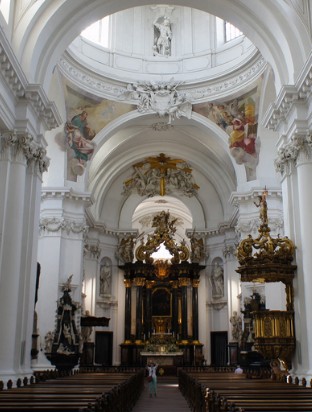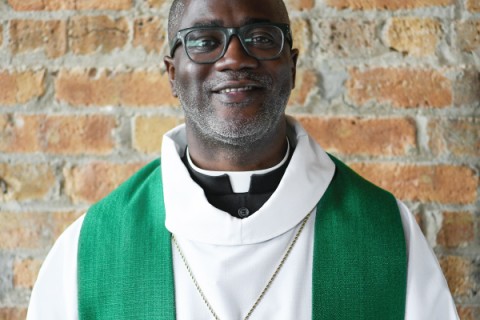Truth in beautiful spaces

I was sitting with my family in the pews of a stunning Romanesque sanctuary on Christmas Eve. A very large mosaic of the transfigured Christ hovered above the chancel. The candlelight reflected on our faces and the stone walls arched far above us as we sang “Silent Night.”
As I sat I wondered—when did we stop taking church architecture seriously? It’s almost impossible today to get a serious sanctuary building project off the ground. Instead we’ve littered the American spiritual landscape with big-box “worship centers,” 50-year-old A-frames with felt banners scarring the walls, and 200-year-old Puritan wannabe churches with peeling paint and bells that no longer work. But if you ask about this—and I have—someone will shrug and say, “It’s just a building.”
Christians used to devote themselves to church building projects that lasted well over a hundred years. Everyone once thought that was a grand idea. Now they’re just buildings.





